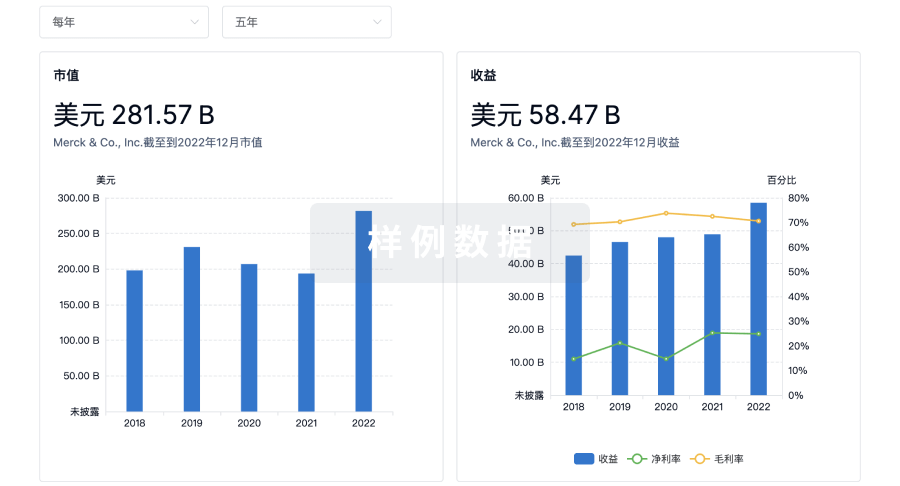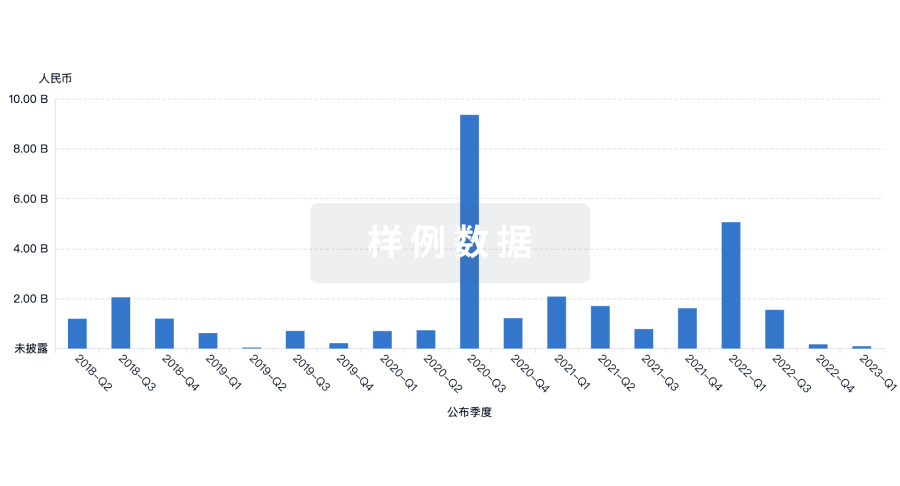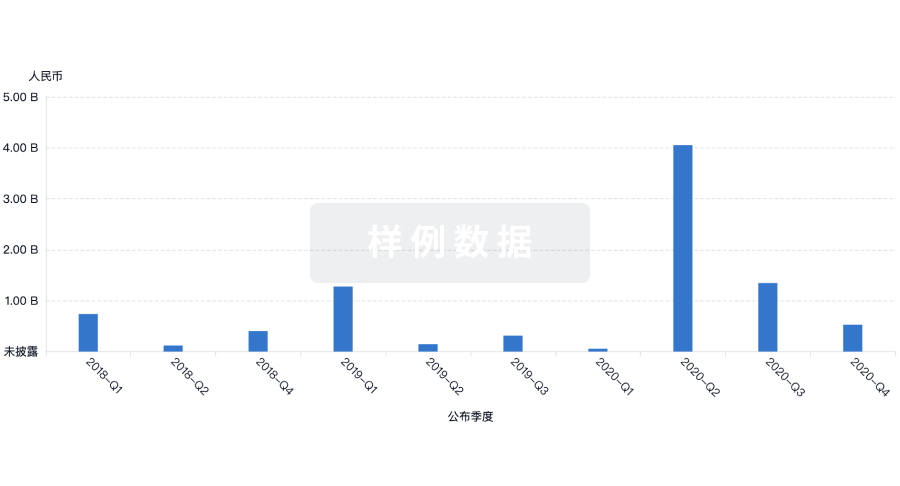预约演示
更新于:2025-08-29

Virostatics Srl
更新于:2025-08-29
概览
标签
感染
免疫系统疾病
呼吸系统疾病
化学药
小分子化药
DNA疫苗
疾病领域得分
一眼洞穿机构专注的疾病领域
暂无数据
技术平台
公司药物应用最多的技术
暂无数据
靶点
公司最常开发的靶点
暂无数据
| 排名前五的药物类型 | 数量 |
|---|---|
| 化学药 | 5 |
| 小分子化药 | 1 |
| DNA疫苗 | 1 |
| 治疗性疫苗 | 1 |
| 排名前五的靶点 | 数量 |
|---|---|
| CDK6(细胞周期蛋白依赖性激酶6) | 1 |
| CDK4 x CDK6 x CDK9 x c-Myc | 1 |
关联
7
项与 Virostatics Srl 相关的药物靶点- |
作用机制 免疫刺激剂 |
非在研适应症- |
最高研发阶段临床2期 |
首次获批国家/地区- |
首次获批日期- |
作用机制 CDK4抑制剂 [+3] |
在研机构 |
非在研适应症- |
最高研发阶段临床1期 |
首次获批国家/地区- |
首次获批日期- |
靶点 |
作用机制 CDK6抑制剂 |
在研机构 |
原研机构 |
在研适应症 |
非在研适应症- |
最高研发阶段临床前 |
首次获批国家/地区- |
首次获批日期- |
3
项与 Virostatics Srl 相关的临床试验NCT00918840
Antiretroviral-Sparing Concept: An Exploratory Phase II, Randomized, Single Blind Placebo-Controlled Study to Investigate the Effect of Therapeutic Immunization on the Quantity of HIV-Specific T Cell Precursors During Highly Active Antiretroviral Therapy Followed by Analytical Treatment Interruption
PHPC-02 is a phase II, randomized, placebo-controlled trial designed to investigate whether therapeutic immunization during highly active antiretroviral therapy (HAART) induces elevations of HIV-specific T cell precursors with high proliferative capacity (PHPC) in HIV-1-infected individuals, and whether the quantity of PHPC correlates with the viral load set point following analytical treatment interruption (ATI). Subjects will be randomized to receive either DermaVir Patch (8 subjects per cohort) or DermaVir Patch Placebo (8 subjects per cohort) every four weeks for three applications while receiving maximally suppressive HAART. HAART will be discontinued at Week 9 for an ATI period of 20 weeks.
开始日期2009-04-01 |
申办/合作机构 |
EUCTR2008-006912-39-IT
ANTIRETROVIRAL-SPARING CONCEPT: AN EXPLORATORY PHASE II, RANDOMIZED, SINGLE BLIND PLACEBO-CONTROLLED STUDY TO INVESTIGATE THE EFFECT OF THERAPEUTIC IMMUNIZATION ON THE QUANTITY OF HIV-SPECIFIC T CELL PRECURSORS DURING HIGHLY ACTIVE ANTIRETROVIRAL THERAPY FOLLOWED BY ANALYTICAL TREATMENT INTERRUPTION - ND
开始日期2009-01-26 |
申办/合作机构 |
EUCTR2007-002460-98-IT
A randomized double-blind dose-finding multi-centre phase IIa study with VS411 for HIV-1 infection. - ND
开始日期2008-02-07 |
申办/合作机构 |
100 项与 Virostatics Srl 相关的临床结果
登录后查看更多信息
0 项与 Virostatics Srl 相关的专利(医药)
登录后查看更多信息
2
项与 Virostatics Srl 相关的文献(医药)2012-11-28·Frontiers in Medicinal Chemistry
AntiViral-HyperActivation Limiting Therapeutics (AV-HALTs): A New Class of Antiviral Drugs
作者: Lori, Franco ; De Forni, Davide ; Lisziewicz, Julianna ; Stevens, Mike
This paper will review recent discoveries in the field of viral pathogenesis and the development of a new antiretroviral class known as AntiViral-HyperActivation Limiting Therapeutics# (AV-HALTs) that has been specifically designed in response to these findings.AV-HALTs are characterized by the combination of two distinct activities - the direct inhibition of viral replication (antiviral activity) and the reduction of excessive chronic immune system hyperactivation (hyperactivation limiting effect).These two effects can be achieved by combining two drugs (a first-generation AV-HALT) or by a single mol. (second-generation AV-HALTs).The medical need for AV-HALTs is best illustrated in the treatment of the Human ImmunoDeficiency Virus Type 1 (HIV-1).Paradoxically, it is the chronic, excessive hyperactivation of the immune system, resulting in cellular hyperproliferation and systemic inflammation - throughout the course of HIV disease - that is now recognized as the major driver of not only the continual loss of CD4+ T cells and progression to the Acquired Immunodeficiency Syndrome (AIDS), but also of the emergence of both AIDS-defining and non-AIDS-defining events that neg. impact upon both morbidity and mortality despite otherwise successful (ie, fully virus suppressive) HIV therapy.This review will focus upon the establishment of the human proof of concept for AV-HALTs using a two-drug, first-generation AV-HALT (VS411) and the development of single-mol., second-generation AV-HALTs for the treatment of HIV-1 disease and other chronic viral infections.
2010-10-01·British Journal of Pharmacology
Strategies to improve efficacy and safety of a novel class of antiviral hyper‐activation‐limiting therapeutic agents: the VS411 model HIV/AIDS
Article
作者: Stevens, M. R. ; De Forni, D. ; Lori, F.
BACKGROUND AND PURPOSEAntiviral hyper‐activation‐limiting therapeutic agents (AV‐HALTs) are a novel experimental drug class designed to both decrease viral replication and down‐regulate excessive immune system activation for the treatment of chronic infections, including human immunodeficiency virus (HIV)/acquired immunodeficiency syndrome. VS411, a first‐in‐class AV‐HALT, is a single‐dosage form combining didanosine (ddI, 400 mg), an antiviral (AV), and hydroxyurea (HU, 600 mg), a cytostatic agent, designed to provide a slow release of ddI to reduce its maximal plasma concentration (Cmax) to potentially reduce toxicity while maintaining total daily exposure (AUC) and the AV activity.EXPERIMENTAL APPROACHThis was a pilot phase I, open‐label, randomized, single‐dose, four‐way crossover trial to investigate the fasted and non‐fasted residual variance of AUC,Cmaxand the oral bioavailability of ddI and HU, co‐formulated as VS411, and administered as two different fixed‐dose combination formulations compared to commercially available ddI (Videx EC) and HU (Hydrea) when given simultaneously.KEY RESULTSFormulation VS411‐2 had a favourable safety profile, displayed a clear trend for lower ddICmax(P= 0.0603) compared to Videx EC, and the 90% confidence intervals around the least square means ratio ofCmaxdid not include 100%. ddI AUC∞was not significantly decreased compared to Videx EC. HU pharmacokinetic parameters were essentially identical to Hydrea, although there was a decrease in HU exposure under fed versus fasted conditions.CONCLUSIONS AND IMPLICATIONSA phase IIa trial utilizing VS411‐2 formulation has been fielded to identify the optimal doses of HU plus ddI as an AV‐HALT for the treatment of HIV disease.
100 项与 Virostatics Srl 相关的药物交易
登录后查看更多信息
100 项与 Virostatics Srl 相关的转化医学
登录后查看更多信息
组织架构
使用我们的机构树数据加速您的研究。
登录
或

管线布局
2025年12月01日管线快照
管线布局中药物为当前组织机构及其子机构作为药物机构进行统计,早期临床1期并入临床1期,临床1/2期并入临床2期,临床2/3期并入临床3期
临床前
6
1
临床2期
其他
2
登录后查看更多信息
当前项目
| 药物(靶点) | 适应症 | 全球最高研发状态 |
|---|---|---|
DermaVir | HIV感染 更多 | 临床2期 |
VS2-370 ( CDK4 x CDK6 x CDK9 x c-Myc ) | 肿瘤 更多 | 临床前 |
Varicella-Zoster virus(ViroStatics) | 水痘带状疱疹病毒感染 更多 | 临床前 |
Hepatitis B virus(ViroStatics) | 乙型肝炎 更多 | 临床前 |
Epstein-Barr virus(ViroStatics) | 爱泼斯坦-巴尔病毒感染 更多 | 临床前 |
登录后查看更多信息
药物交易
使用我们的药物交易数据加速您的研究。
登录
或

转化医学
使用我们的转化医学数据加速您的研究。
登录
或

营收
使用 Synapse 探索超过 36 万个组织的财务状况。
登录
或

科研基金(NIH)
访问超过 200 万项资助和基金信息,以提升您的研究之旅。
登录
或

投资
深入了解从初创企业到成熟企业的最新公司投资动态。
登录
或

融资
发掘融资趋势以验证和推进您的投资机会。
登录
或

生物医药百科问答
全新生物医药AI Agent 覆盖科研全链路,让突破性发现快人一步
立即开始免费试用!
智慧芽新药情报库是智慧芽专为生命科学人士构建的基于AI的创新药情报平台,助您全方位提升您的研发与决策效率。
立即开始数据试用!
智慧芽新药库数据也通过智慧芽数据服务平台,以API或者数据包形式对外开放,助您更加充分利用智慧芽新药情报信息。
生物序列数据库
生物药研发创新
免费使用
化学结构数据库
小分子化药研发创新
免费使用

